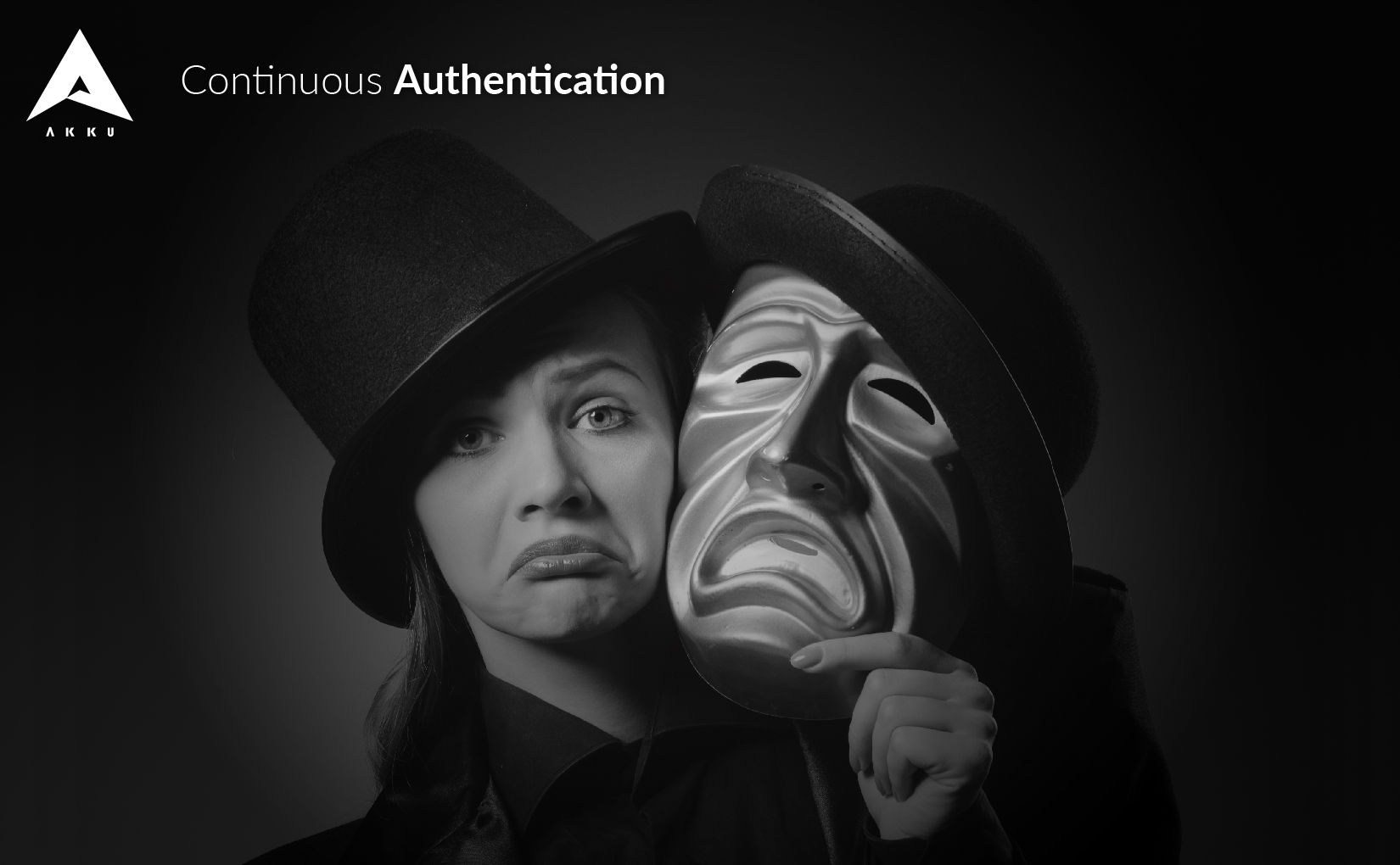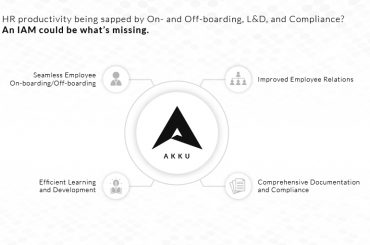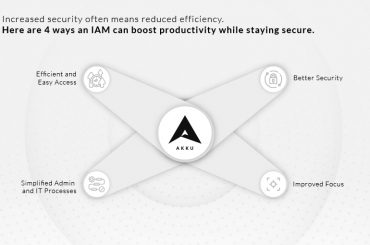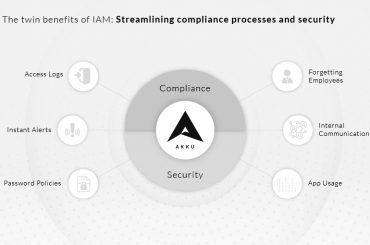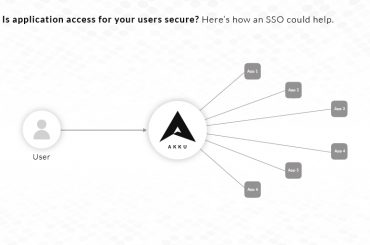Technology users today are spoilt for choice when it comes to the types of devices and the variety of platforms through which they can stay connected to work and social groups. They can access their accounts from simply anywhere and at any time, as long as they can authenticate their identities.
However, the process of authentication as we know it has remained largely static – the user provides the system with their credentials at the time of access, the system matches it against its database of user data and provides the user access to the network on successfully validating their credentials.
Continuous authentication brings in a new approach to network security, and the reception it has received goes to show the importance companies attach to their security today. Continuous authentication can help your organization protect itself from ‘session imposters’ who try to take over sessions which are open even after the employee is done using them. It also helps you protect your network from credential stuffing attacks and phishing.
What is Continuous Authentication?
In continuous authentication, users are rated based on ‘authentication scores’ which aim to determine, based on user behavior, if the user is actually who he/she is claiming to be. With advanced algorithms which are fast becoming smart enough to understand human behavior, networks can essentially monitor user behavior to determine a user’s authenticity.
For example, in a banking application, if the security solution detects an anomaly in user behavior, it can prompt a logout or request for additional information like fingerprint or password to ensure that the account is used only by the designated person.
Continuous authentication has become powerful enough to analyze information from the various sensors of smartphones and other devices to monitor the pressure on the keypad, the amount of time being spent on an application etc.
With certain continuous authentication solutions, organizations can also assign restrictions based on tolerable risk by specifying the minimum confidence score and factors like a user’s location or time of the access request.
When you implement a continuous authentication solution, think in terms of acceptable risk and context – certain applications in your network might need lower authentication scores than other, more critical, applications.
While planning to deploy a continuous authentication system, it is also important to ensure that it is compatible with your existing security solution and covers all the areas of your organization’s network.
We understand that cybersecurity is becoming more fluid and security solutions are becoming more powerful and customizable. Akku’s DNS filtering and geolocation features can be used to score your users, and this information can be used to continuously authenticate them. To know more about how we can help you, get in touch with us now.

